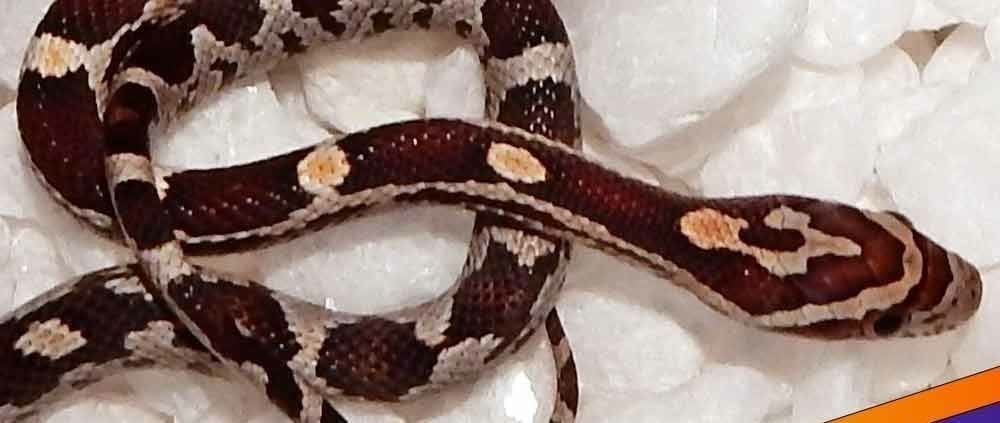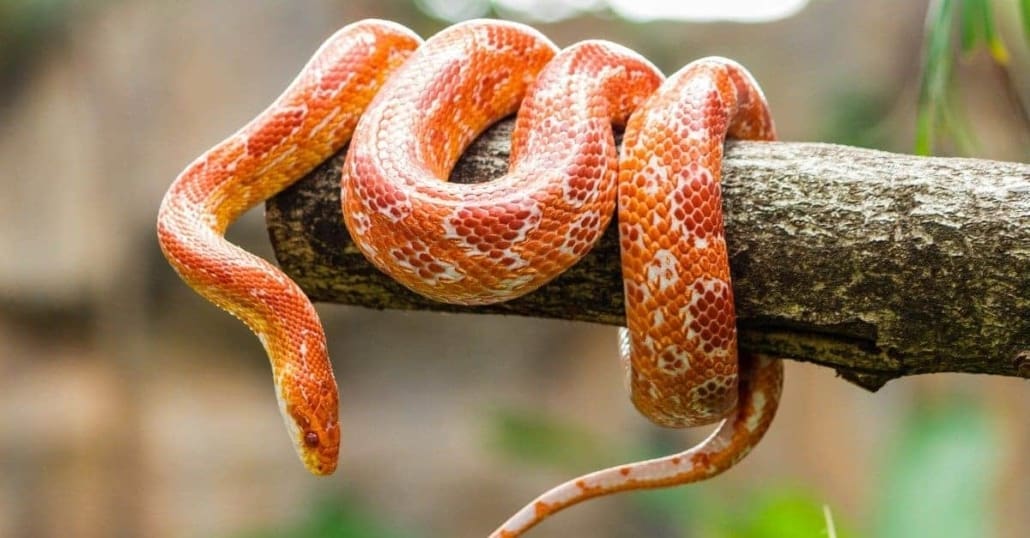
Cornsnake Care Sheet

Why Choose Captive-Bred From a Reputable Breeder?
Captive-bred (CB) corn snakes typically arrive eating reliably, accustomed to human presence, and free of common parasites. That means fewer worries, smoother feeding, and a happier experience for you and your snake. Buying from a real, experienced team like CBReptile.com gives you confidence in genetics, temperament, and early care. This foundation makes everything easier—feeding, shedding, handling, and long-term health.
If you’re comparing sources, prioritize clear feeding records, consistent husbandry, and responsive support. These hallmarks point to professionals who truly care about their animals and their customers.
Habitat Setup: Building the Perfect Cornsnake Home
Enclosure Size & Style
- Babies: 10–20 gallon (or 24–30″ long) with plenty of clutter for security.
- Juveniles: 20–30 gallon equivalent provides room to explore.
- Adults: Minimum 40 gallon (36–48″ long). Larger is great when enriched properly.
Glass tanks with locking mesh lids or PVC reptile enclosures work well. Ensure all openings are secure—corn snakes are playful escape artists!
Substrate, Hides & Décor
- Substrates: Aspen shavings, paper bedding, or cypress mulch. Avoid cedar/pine.
- Hides: Provide at least two snug hides—one on the warm side, one on the cool side.
- Décor: Add cork bark, branches, and artificial plants for climbing and cover.
- Water: A sturdy bowl large enough for soaking; refresh frequently.
Temperature & Heating: Safe, Comfy Gradients
Cornsnakes are ectotherms, so a proper heat gradient helps them thermoregulate. Use a thermostat on any heat source to prevent overheating.
- Warm side surface: ~85°F (measured on the substrate above the heat source).
- Cool side ambient: ~75°F.
- Night: ~70°F is fine for most homes.
Under-tank heaters (UTH) or heat tape beneath one side of the enclosure create steady belly heat for digestion. Ceramic heat emitters can add gentle overhead warmth without light. Avoid “heat rocks,” which can cause burns.
Lighting & Humidity
Cornsnakes don’t require UVB, but a regular 12-hour day/night cycle keeps them in rhythm. Ambient room light or a low-wattage LED above the habitat works well. Aim for 40–50% humidity, with a slight increase during shedding. Provide a humid hide (moist sphagnum moss in a covered box) to support complete sheds.
Nutrition: What (and How) to Feed
Captive-bred babies from CBReptile.com typically arrive feeding on frozen/thawed mice—easy, safe, and convenient. Choose prey that’s about the same width as the snake’s widest body point.
- Babies: 1 pinkie mouse every 5–7 days.
- Juveniles: 1 fuzzy/hopper mouse every 7 days.
- Adults: 1 adult mouse (or small rat if appropriate) every 7–10 days.
Thaw prey completely and warm to body temperature before offering with tongs. Feeding in the enclosure is fine if your substrate is low-risk, but many keepers prefer a separate feeding tub for cleanliness. Avoid live prey, which can injure your snake.
Raising a Baby Captive-Bred Cornsnake (Step-by-Step)
- Start small, feel safe: Use a modest enclosure with abundant clutter and two snug hides.
- Dialed-in heat: Keep the warm side ~85°F and cool side ~75°F from day one.
- Hydration & humidity: Fresh water daily; maintain 40–50% humidity and offer a humid hide.
- Feeding rhythm: Pinkies every 5–7 days; log dates, prey size, and acceptance.
- Gentle handling: After a week of settling and a couple successful feeds, begin brief, calm handling sessions 2–3 times weekly—never right after meals.
- Shedding support: Increase humidity slightly as eyes turn blue; verify a complete shed, including tail tip and eye caps.
- Scale with growth: Upgrade enclosure size and prey as your snake matures.
Cleanliness, Biosecurity & Routine Care
- Spot clean: Remove waste promptly; refresh water daily.
- Deep clean: Every 4–6 weeks, replace substrate and disinfect enclosure/decor with a reptile-safe cleaner.
- Quarantine new pets: Keep new reptiles separate for 60–90 days, observing feeding and shedding before any proximity to other animals.
- Health checks: Monitor body condition, appetite, sheds, and respiration. Seek a qualified reptile vet if anything seems off.
Enrichment & Handling: Happy, Calm Interactions
Cornsnakes are inquisitive and benefit from gentle, regular handling. Support the body with two hands, move slowly, and avoid sudden gestures. Short, positive sessions build trust and make routine care (like enclosure maintenance) a breeze. Inside the habitat, vary branch angles, add tunnels, and rotate décor occasionally to encourage natural exploration.
Why Buy From a Real Cornsnake Breeder (Like CBReptile.com)
The difference shows up immediately: consistent feeders, clean sheds, steady temperaments, and transparent guidance. Chain stores often receive snakes from mixed sources with unknown histories. By choosing experienced corn snake breeders who raise animals in-house, you’re investing in health, predictability, and lifelong support. CBReptile.com’s family-run approach means your questions get answered and your new pet gets the best start possible.
Lifespan & Commitment
With great care, cornsnakes commonly live 15–20 years. That’s a long, happy adventure! Plan for proper housing, reliable heating, routine feeding, and occasional upgrades as your snake grows. The reward is a calm, beautiful companion who becomes part of your daily rhythm.
Quick Care Checklist
- Secure, escape-proof enclosure: 10–20 gal (babies) → 40+ gal (adults).
- Warm side ~85°F, cool side ~75°F, nights ~70°F; thermostat-controlled heat.
- Humidity 40–50%; humid hide during sheds; fresh water daily.
- Frozen/thawed rodents sized to girth; babies every 5–7 days, adults every 7–10 days.
- Two hides, cluttered décor, branches, and plants for enrichment.
- Gentle, regular handling after settling and successful feeds.
- Spot clean often; deep clean every 4–6 weeks.
- Start with captive-bred from a trusted source for the smoothest experience.
